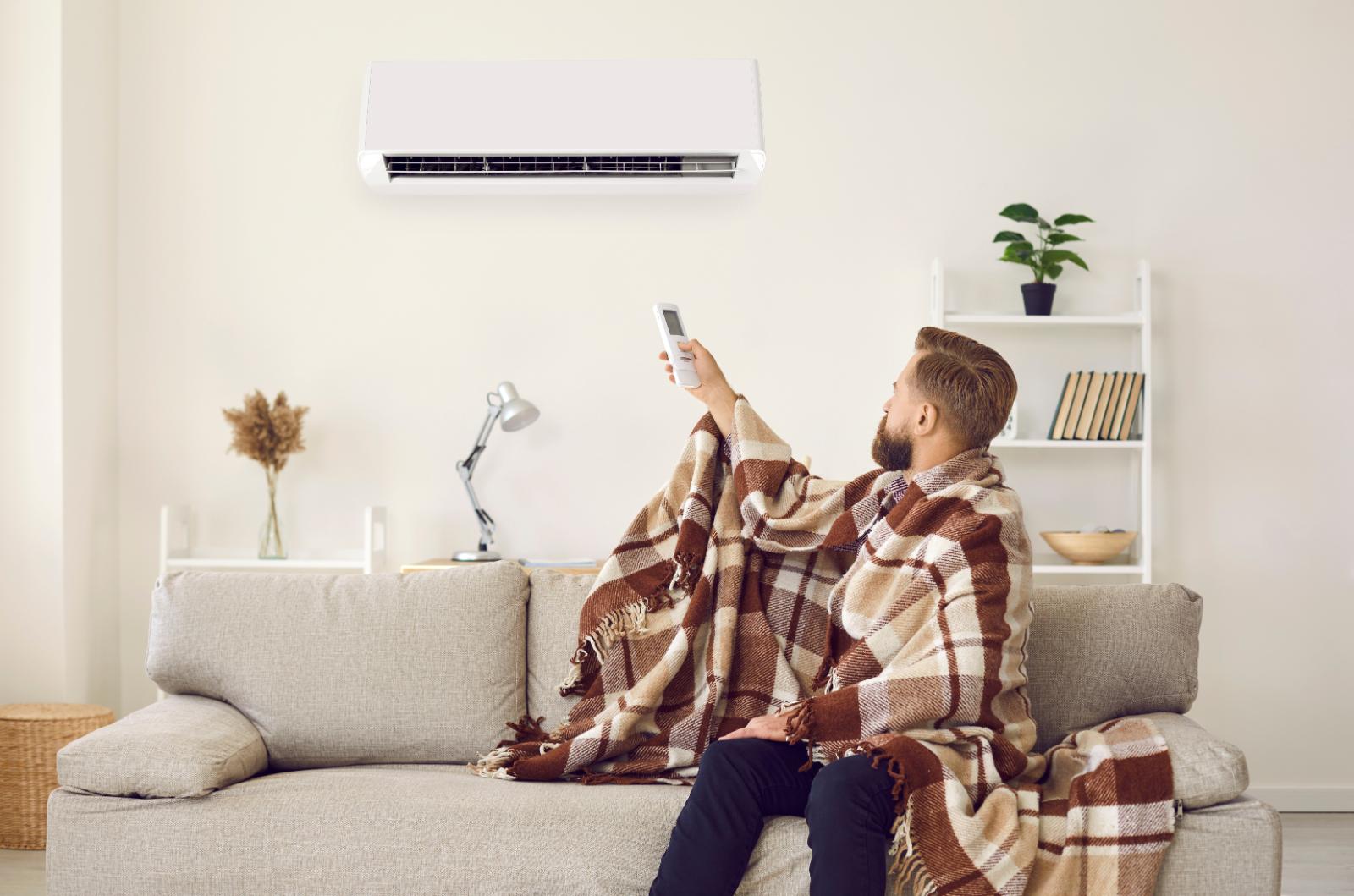Contents
Consider this: by making simple adjustments to your indoor environment, you can greatly improve the air you breathe every day. But how exactly can you achieve this? Let’s explore the three best ways to enhance indoor air quality and create a healthier living space for you and your loved ones.
Key Takeaways
- Use air purifiers to remove indoor pollutants and allergens effectively.
- Incorporate houseplants for natural air purification and improved air quality.
- Implement proper home insulation to maintain a comfortable and energy-efficient environment.
- Ensure effective ventilation strategies like natural, mechanical, and balanced ventilation.
- Install spot ventilation systems in areas prone to moisture and odors for enhanced indoor air quality.
Importance of Proper Home Insulation
Proper home insulation plays a crucial role in maintaining a comfortable and energy-efficient indoor environment. When it comes to energy efficiency, insulation materials are key players in helping you keep your home warm in the winter and cool in the summer.
Insulation acts as a barrier, preventing the transfer of heat between the inside and outside of your home. This means that in the winter, heat generated by your heater stays inside longer, reducing the need for constant heating. Similarly, in the summer, insulation keeps the hot air outside from seeping into your cool, air-conditioned home.
There are various insulation materials available, each with its own set of benefits. Common options include fiberglass, cellulose, foam, and mineral wool. Fiberglass insulation is popular due to its affordability and effectiveness. Cellulose, made from recycled paper, is eco-friendly and provides good thermal resistance. Foam insulation, whether spray foam or rigid foam boards, offers high R-values, making it excellent for tight spaces. Mineral wool, made from molten glass or stone, is fire-resistant and provides sound insulation as well.
Key Factors Affecting Air Quality
Maintaining good indoor air quality involves considering various key factors that can greatly impact the health and comfort of your home environment. Two essential elements in enhancing air quality are air purifiers and houseplants.
Air purifiers are devices designed to remove contaminants from the air, such as dust, pollen, pet dander, and smoke particles. They work by filtering the air and trapping these harmful particles, consequently improving the overall air quality in your home. When choosing an air purifier, consider factors such as the size of the room, the type of filter used, and the Clean Air Delivery Rate (CADR) to ensure effective air purification.
Houseplants are aesthetically pleasing and serve as natural air purifiers. Plants absorb carbon dioxide and release oxygen through photosynthesis, helping to freshen the air in your home. Some plants, like spider plants, peace lilies, and snake plants, are particularly effective at removing common indoor pollutants. Incorporating houseplants into your living spaces can help reduce toxins and create a healthier indoor environment.
Effective Ventilation Strategies
Consider implementing efficient ventilation strategies to enhance the quality of air in your indoor spaces. Proper ventilation plays an essential role in maintaining good indoor air quality by ensuring a constant flow of fresh air and reducing the concentration of indoor air pollutants. Here are some effective ventilation strategies to help you breathe cleaner air in your home:
| Ventilation Strategy | Description |
|---|---|
| Natural Ventilation | Opening windows and doors to allow fresh air to circulate. |
| Mechanical Ventilation | Fans, exhaust systems, or air purifiers can be used to improve air circulation. |
| Balanced Ventilation | Utilizing a system that brings fresh air in and pushes stale air out simultaneously. |
| Spot Ventilation | Installing exhaust fans in specific areas prone to moisture and odors. |
| Houseplants | Placing indoor plants that act as natural air purifiers and improve air quality. |
In addition to ventilation strategies, incorporating air purifiers can further enhance indoor air quality by capturing airborne particles and allergens. Houseplants are another natural way to improve air quality as they help remove toxins and produce oxygen. By combining these ventilation strategies with air purifiers and houseplants, you can create a healthier and more comfortable indoor environment for you and your family.
Summary
So, remember to keep your indoor air clean and fresh by implementing proper ventilation, using air purifiers, and incorporating houseplants.
By taking these simple steps, you can greatly improve the air quality in your home and promote a healthier environment for you and your loved ones.




